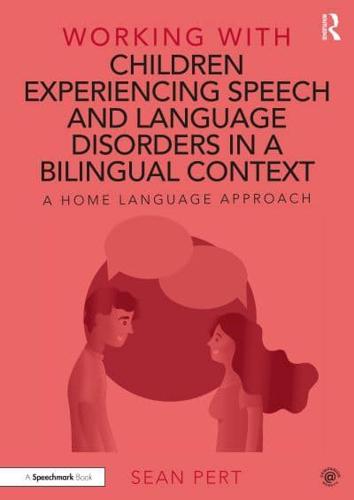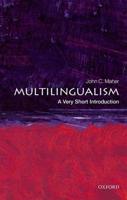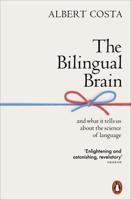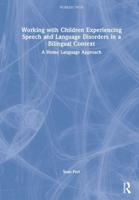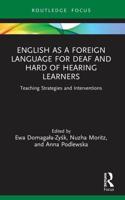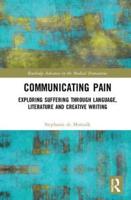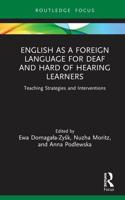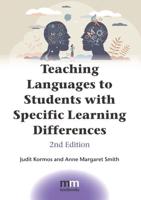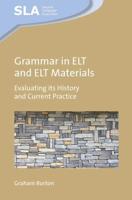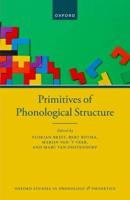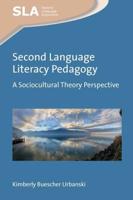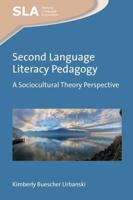Publisher's Synopsis
The complexity of speech and language disorders can be daunting in a monolingual context. When working with a bilingual child assessment and intervention may appear to be even more complicated. In this book Sean Pert provides the reader with the tools needed to overcome this perception and develop skills in working in a language that they don't share with the client.
By adopting a home language first approach the book discusses how to:
- identify diversity from disorder
- introduce effective approaches in line with the best clinical practice
- work successfully alongside interpreters
- make assessments and plan interventions
- set goals for therapy.
At the heart of the text is the therapist creating essential partnerships with parents and truly valuing the bilingualism, culture and identity of the child. This leads to better outcomes, not only in speech, language and communication, but also in self-esteem, mental health, social participation and educational and employment success.
The book concludes with a handy toolkit of resources including quizzes, case studies and printable extras making it the perfect resource for both experienced and newly qualified practitioners with bilingual and multilingual children in their care.


